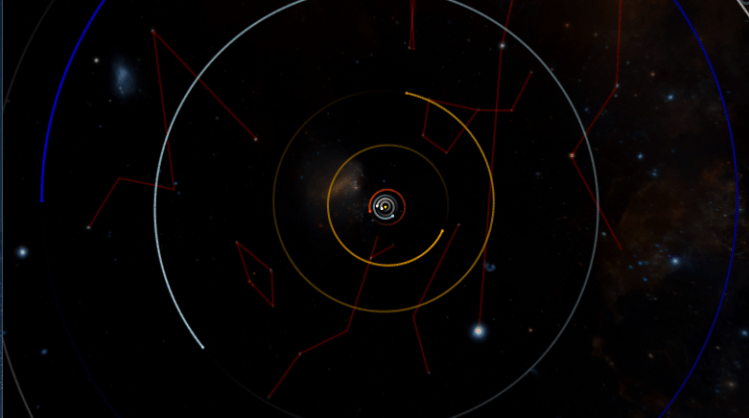Microsoft Research has revealed that it is open-sourcing Worldwide Telescope (WWT), an online computer program it launched back in 2008 that displays the heavens using images from the Hubble Space Telescope as well as from Earth-based lenses.
The move will make WWT into a more widely usable research and education tool, Microsoft hopes. And it’s just the latest in the software giant’s ongoing efforts to open-source parts of its portfolio, including parts of its development platform .NET.
There has been an increased focus on exploring the universe in recent times, what with the European Space Agency landing a spacecraft on a comet, NASA successfully testing its new Orion Multi-Purpose Crew Vehicle (MPCV), and Britain revealing that it’s sending Raspberry Pis into space to perform experiments devised by kids. Increasingly, it’s not just government agencies, but private, for-profit companies getting in on the space bandwagon. For instance, SpaceX (which last year won a big NASA contract) sought to launch its Falcon 9 rocket and land it on a floating ocean platform earlier this week, though that test flight was aborted at the last minute.
WWT began life as a research project in 2007, with Microsoft partnering with a myriad of universities and institutions including Harvard and NASA’s academic arm, Caltech.
The ultimate goal has been to build a “unified contextual visualization of the universe,” as Microsoft puts it. With five main modes — Earth, Sky, Planets, Panoramas, and Solar System — WWT can be used by anyone to peruse outer space and focus in on any area. Here, you can watch the result of a Microsoft/NASA tie-up that brought a fresh approach to Mars imagery:
Now, however, with OpenWWT, anyone will be able to adapt and expand WorldWide Telescope for use in educational and research projects. As part of this, Microsoft is setting up a consortium to “guide WWT’s transition from Microsoft Research to a new host organization,” it says. In short, Microsoft is spinning out the project as a standalone entity to be run and operated independently.
There will be a three-facet goal to the mission, namely:
1.) Advancing astronomical research
2.) Improving formal and informal astronomy education
3.) Enhancing public outreach
Microsoft is inviting interested, relevant bodies to join the OpenWWT consortium by emailing Professor Doug Roberts from Northwestern University in Illinois: doug-roberts@northwestern.edu.


